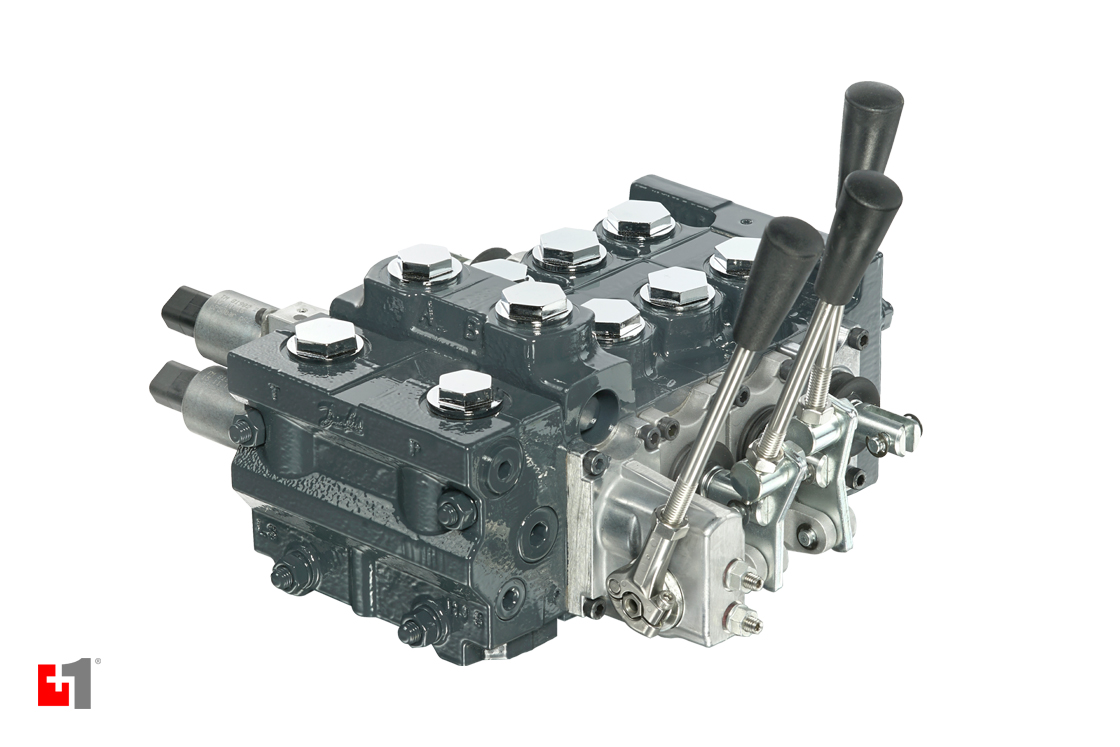
Maximize Energy Savings and Comfort With Advanced Structure Automation Controls
In the world of contemporary design and center monitoring, the combination of advanced building automation controls stands as a pivotal development. By harnessing the power of automation, buildings can adjust, react, and advance in methods that were once unimaginable.
Energy Efficiency Advantages
Power efficiency benefits can dramatically reduce power intake and functional expenses in structures. By implementing energy-efficient practices and technologies, building owners and drivers can accomplish significant financial savings while additionally adding to environmental sustainability. Among the primary benefits of improving energy performance in buildings is the reduction of utility costs. Energy-efficient systems, such as sophisticated structure automation controls, can enhance the usage of resources like cooling, illumination, and home heating, bring about lower power expenditures with time.
In addition, boosted energy performance can prolong the lifespan of structure equipment and systems. By running extra successfully, cooling and heating systems, lighting fixtures, and other structure components experience less deterioration, resulting in lowered maintenance and substitute prices. Furthermore, energy-efficient structures usually command greater building values and rental rates, giving long-lasting financial benefits to proprietors.
Moreover, power effectiveness can enhance owner convenience and efficiency. Correctly regulated indoor atmospheres with ideal illumination and thermal problems create an even more helpful and positive work space, leading to improved worker satisfaction and performance. Generally, the energy performance benefits connected with sophisticated building automation controls are multifaceted, incorporating price financial savings, ecological stewardship, and owner well-being.
Boosted Convenience Control
Enhancing convenience control in structure atmospheres requires a sophisticated integration of innovative automation systems for optimum passenger wellness. By utilizing advanced structure automation controls, centers can customize the indoor atmosphere to fulfill the details demands and preferences of residents. control valves.
By incorporating these sophisticated controls, structures can not just enhance comfort however also boost energy performance by optimizing system procedures based on actual tenancy and use patterns. Ultimately, focusing on passenger comfort via sophisticated automation systems leads to an extra delightful and healthier indoor setting.
Operational Effectiveness Improvements

Moreover, the implementation of real-time surveillance and analytics devices makes it possible for structure drivers to determine power inadequacies and functional abnormalities quickly. By continuously keeping track of power use patterns and system efficiency metrics, adjustments can be made in real-time to Find Out More optimize energy usage and make sure peak operational performance. control valves. In addition, integrating need reaction methods right into building automation controls can even more improve functional effectiveness by dynamically adjusting energy usage based upon grid problems and prices signals
Indoor Environment Optimization
Efficient interior environment optimization is a fundamental element of structure automation controls, guaranteeing passengers' convenience and wellness while making best use of energy financial savings. By utilizing innovative sensing units and controls, developing automation systems can continually keep track of and change temperature, moisture degrees, air quality, and air flow to develop an ideal interior atmosphere. Maintaining consistent and comfy conditions not only enhances owner fulfillment but also boosts performance and general wellness.
Indoor environment optimization likewise plays a vital function in power performance. By fine-tuning home heating, ventilation, and cooling systems based upon real-time information and tenancy patterns, building automation controls can considerably minimize power consumption - control valves. For example, carrying out methods such as demand-controlled ventilation and thermal zoning can assist lessen power waste while making certain that each area of the building receives the needed conditioning.

Lasting Atmosphere Creation
Building automation controls not just maximize indoor environment conditions for energy performance and owner convenience yet also lay the structure for creating a sustainable environment through strategic management of resources and systems. By incorporating innovative building automation innovations, such as sensing units, actuators, and intelligent software program, centers can keep track of and adjust power usage in real-time to minimize waste and minimize their carbon footprint. These systems enable anticipating maintenance, determining potential issues before they escalate and maximizing devices efficiency to improve long life and efficiency.
Furthermore, lasting atmosphere production expands beyond energy administration to include water click over here now conservation, waste reduction, and indoor air high quality enhancement. Structure automation controls can control water use, detect leaks, and guarantee appropriate garbage disposal techniques, adding to overall sustainability efforts. Furthermore, by monitoring and regulating ventilation and purification systems, these technologies enhance resident health and wellness and performance while reducing energy usage connected with cooling and heating operations.
Conclusion
Finally, progressed building automation manages offer significant benefits in terms of power cost savings, convenience control, functional performance, interior environment optimization, and developing a sustainable environment. By executing these controls, buildings can achieve optimum efficiency while lowering power consumption and enhancing resident comfort. It is apparent that making use of advanced automation technology is vital in boosting structure efficiency and producing a more sustainable future.
Energy performance benefits can dramatically minimize energy consumption and operational costs in structures. Overall, the energy effectiveness benefits linked with sophisticated structure automation controls are diverse, incorporating expense savings, ecological stewardship, and owner wellness.
In addition, integrating demand feedback methods into building automation controls can additionally boost operational efficiency by dynamically adjusting power use based on grid conditions and rates signals.
Structure automation regulates not just maximize interior environment conditions for energy effectiveness and resident comfort but also lay the foundation for developing a sustainable atmosphere with tactical management of sources and systems.In final thought, advanced structure automation regulates deal substantial advantages in terms of energy financial savings, convenience control, operational performance, interior environment optimization, and developing a sustainable setting.